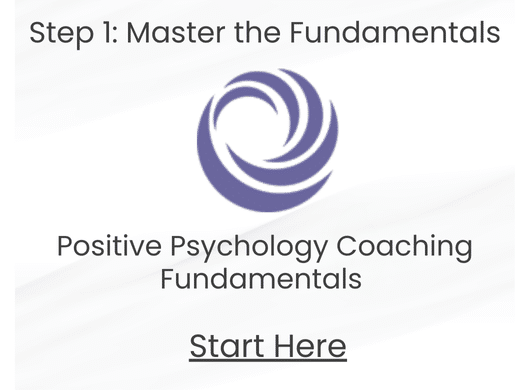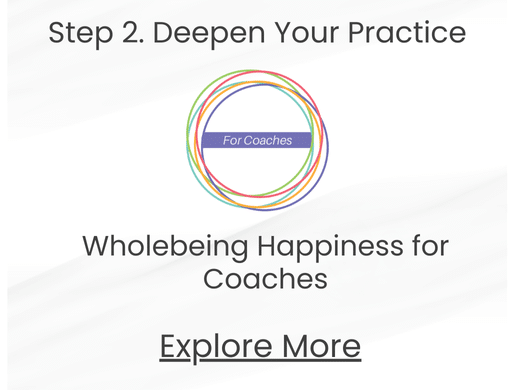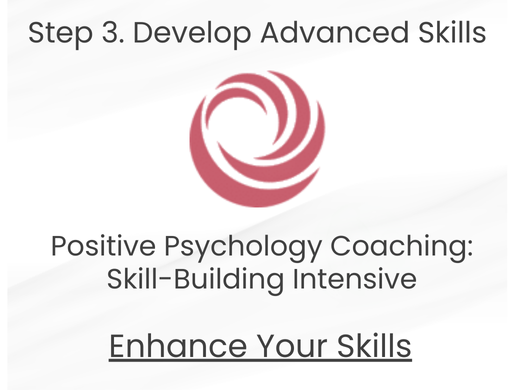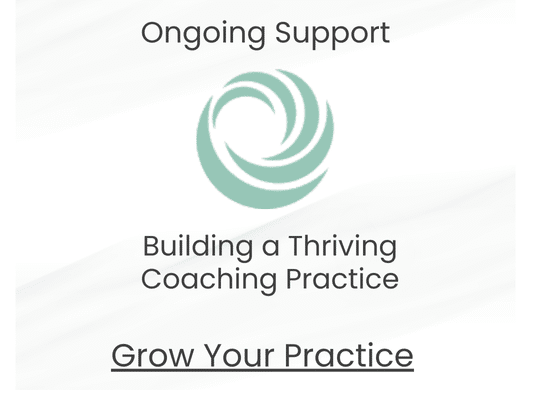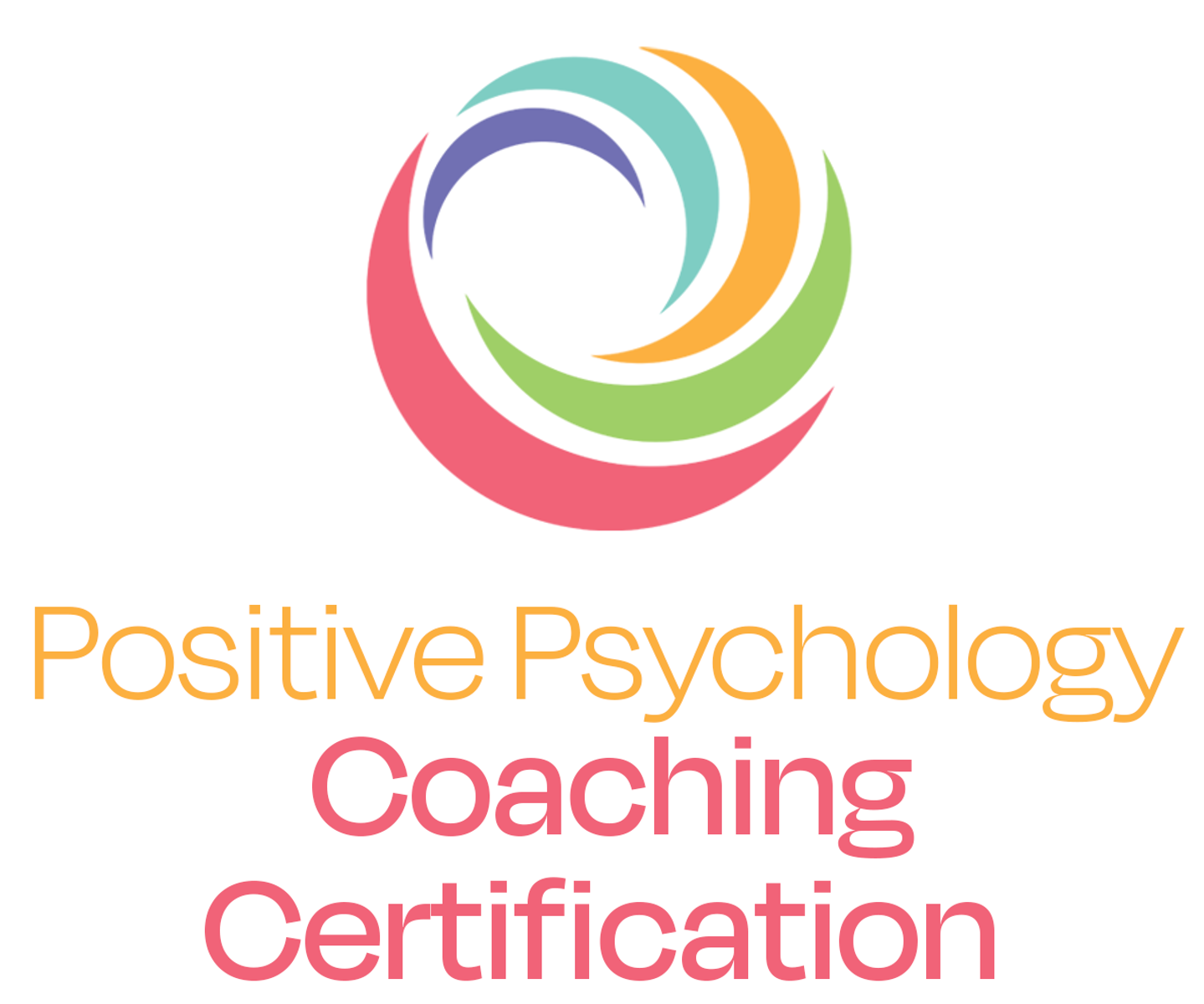When we feel good, we stand tall and walk with confidence. But it can it go the other way around? Can the way we move and stand impact the way we feel? In this brief interview segment, Megan McDonough, CEO of Wholebeing Institute, and Barbara Fredrickson, Director of the PEP Lab at the University of North Carolina, Chapel Hill, discuss the physicality of positive emotions.
The advice “Fake it till you make it” might not be as effective as we think it is. Barbara speculates that faking a smile, for example, only works when it becomes genuine. In fact, an insincere smile may be as damaging for us as an expression of contempt. Yet the potential to jump-start our positive emotions through our bodies definitely exists, she says.
You can watch more interviews with leading positive psychology experts here or learn more about creating wholebeing happiness here.
Transcript
MM: When I feel happier, joyful, I walk in a different way, I pose my body differently—the whole body is involved in that emotion. Here’s the big question: If that wasn’t induced joy or happiness and then we walked, if we walked in that way, would that also induce the emotion itself? Does it go both ways?
BF: I think there is a lot of this reciprocal causality. I think the typical way emotions are seeded is through how we are interpreting our circumstances and making sense of them and finding meaning in them, but sometimes we can jump-start emotional states. You know, you hear the phrase a lot, “Fake it till you make it”—like putting a smile on your face or sitting with an upright posture. I think those things are good potential triggers, but I think it works when that becomes an authentic emotion. So I think my sense of it—and you know this is beyond what we’ve studied so I’m speculating—is that that fake smile only works until it makes a genuine smile pop. There is some research to show that an insincere smile is actually as damaging to the heart as would be an expression of contempt. I think it really matters what the smile might be covering, so if you’re just kind of going from “I’m not feeling quite much of anything” and then you try to walk in a more upbeat fashion or smile, I think you’ve got a better chance of that becoming a genuine positive emotion.
MM: So, what I hear you saying is that you’re really tuning in to your own biology as its own biofeedback system, that you can’t go from zero to sixty, from perhaps feeling neutral to zestful joy—but if you’re mindful of how to encourage that along through how you move your body, that would be beneficial.

